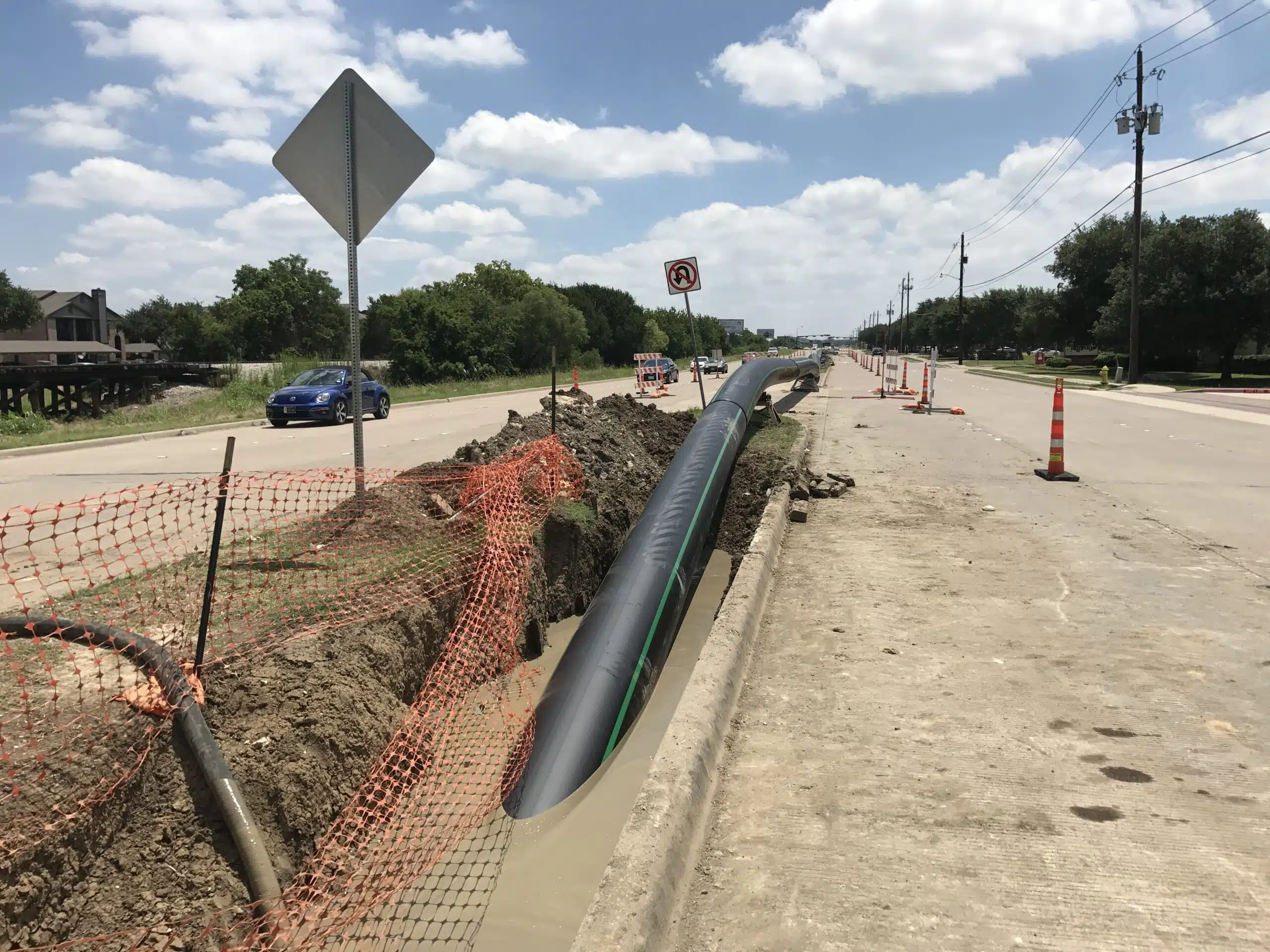Addressing Underground Issues through Sideways Guided Drilling.
In the current rapidly evolving construction landscape, HDD, also known as HDD, has become as a revolutionary technique for laying utilities and pipelines beneath the ground. This groundbreaking method allows for the placement of different types of infrastructure with minimalized disruption to the surrounding environment, making it a popular choice in metropolitan settings and critical areas. As cities continue to develop and the demand for consistent utility services increases, understanding the principles and advantages of HDD is crucial for engineers and project planners equally.
HDD delivers a unique solution for navigating subsurface challenges that traditional trenching methods do not effectively address. By drilling horizontally and minimizing surface disturbances, HDD does not just saves time and reduces costs but also boosts the overall safety and efficiency of utility installations. In this article, we will examine the fundamentals of Horizontal Directional Drilling, its advantages and potential uses, and the future of trenchless technology as it creates a path in infrastructure development. Through actual case studies and expert insights, we aim to provide a comprehensive overview of why HDD is becoming increasingly vital in the present construction and utility landscape.
Understanding Horizontal Directional Drilling and The Advantages
Horizontal Directional Drilling, or HDD, represents a new trenchless process which facilitates an placement of underground utilities with minimal surface disruption. This approach involves boring a horizontal borehole to place pipes, wires, and channels underground, effectively navigating beneath obstacles like highways, rivers, and existing infrastructure. Through employing this particular technique, construction teams can steer clear of the extensive excavation linked to traditional trenching approaches, making this an ideal option for different utility installations.
One of the primary benefits of HDD pertains to its lowered environmental impact. With minimal excavation required, the surrounding landscape stays largely untouched, making it particularly advantageous in delicate environments wherein preserving natural ecosystems remains vital. Additionally, HDD reduces surface restoration expenses and duration, as there is considerably less land disturbance during installation. Such https://gmaccontractors.com/ does it lead to reduced costs and aids preserve the balance of natural systems which can be greatly impacted by traditional excavation methods.
Horizontal Directional Drilling also has become a further adaptable solution for urban development initiatives. Within densely populated regions, in which there's little room and existing utilities are often crowded, HDD can maneuver through challenging settings and circumvent hurdles better than traditional methods. Such adaptability enables the seamless incorporation of critical services such as water supply, sewer, and communication lines without the need for large-scale surface disruption, making this technique a favored option for many city planners and developers.

Ecological Effects and Protection in Horizontal Directional Drilling
HDD is progressively recognized for its negligible environmental impact compared to conventional trenching techniques. By drilling beneath the surface, this method greatly reduces the need for widespread surface disruption, protecting natural ecosystems and lessening erosion. This technique allows for the installation of utilities, pipelines, and cables without interfering with the landscape, making it particularly beneficial in vulnerable environmental regions. As a result, many government organizations favor HDD due to its capability to diminish ecological harm during construction projects.
Safety in Horizontal Directional Drilling is essential, and industry guidelines are designed to safeguard workers and the surrounding environment. The use of advanced technologies, such as real-time monitoring systems and precise drilling equipment, enhances safety by avoiding accidents and lessening the risks associated with drilling. Regular instruction for operators on safety protocols and equipment handling is essential to ensure safe operations. Additionally, careful planning and assessments of soil conditions help to identify potential hazards before initiating work, further strengthening safety measures.
The preventative approach to minimizing environmental impact and guaranteeing safety in Horizontal Directional Drilling not only aids the community but also builds public trust. As companies carry on to embrace this technique for urban infrastructure and utility installations, their allegiance to sustainable practices will enhance the view of the industry. By focusing on safety and environmental stewardship, this method not only contributes to successful project completion but also sets a standard for responsible construction practices in an increasingly eco-conscious world.
Future Trends and Advancements in HDD
As the demand for infrastructure development increases, HDD is set to experience major progress. One of the key trends shaping the future of HDD is the integration of advanced technologies such as artificial intelligence and ML. These innovations can enhance drill path planning, improving precision and reducing the chance of errors during setup. The use of real-time data analytics will enable operators to make informed decisions on the go, adjusting the existing drilling settings to adapt to unexpected geological conditions.
Another notable innovation on the way is the creation of increasingly eco-friendly sustainable drilling fluids and methods. With growing concerns about environmental impacts, producers are concentrating on creating degradable drilling slurries that reduce soil disruption and water pollution. Additionally, innovations in equipment configuration, such as electric and hybrid Horizontal Directional Drilling machines, aim to lower pollutants and enhance energy use. This shift will not only meet regulatory standards but also fit with the broader sustainability goals of various construction initiatives.
Lastly, the role of Global Positioning System and enhanced monitoring systems in Horizontal Directional Drilling is expected to expand considerably. These improvements will enable for greater precise navigation through complex landscapes and urban areas. Enhanced tracking and charting technologies will lead to increased effectiveness in execution of projects, thereby reducing timelines and costs. As the sector continues to develop, HDD will remain at the leading edge of no-dig innovation, adapting to satisfy the dynamic needs of contemporary infrastructure development.